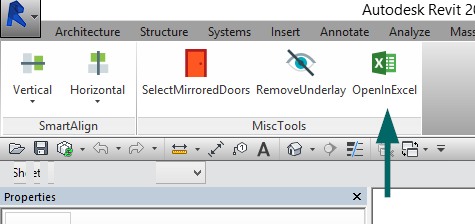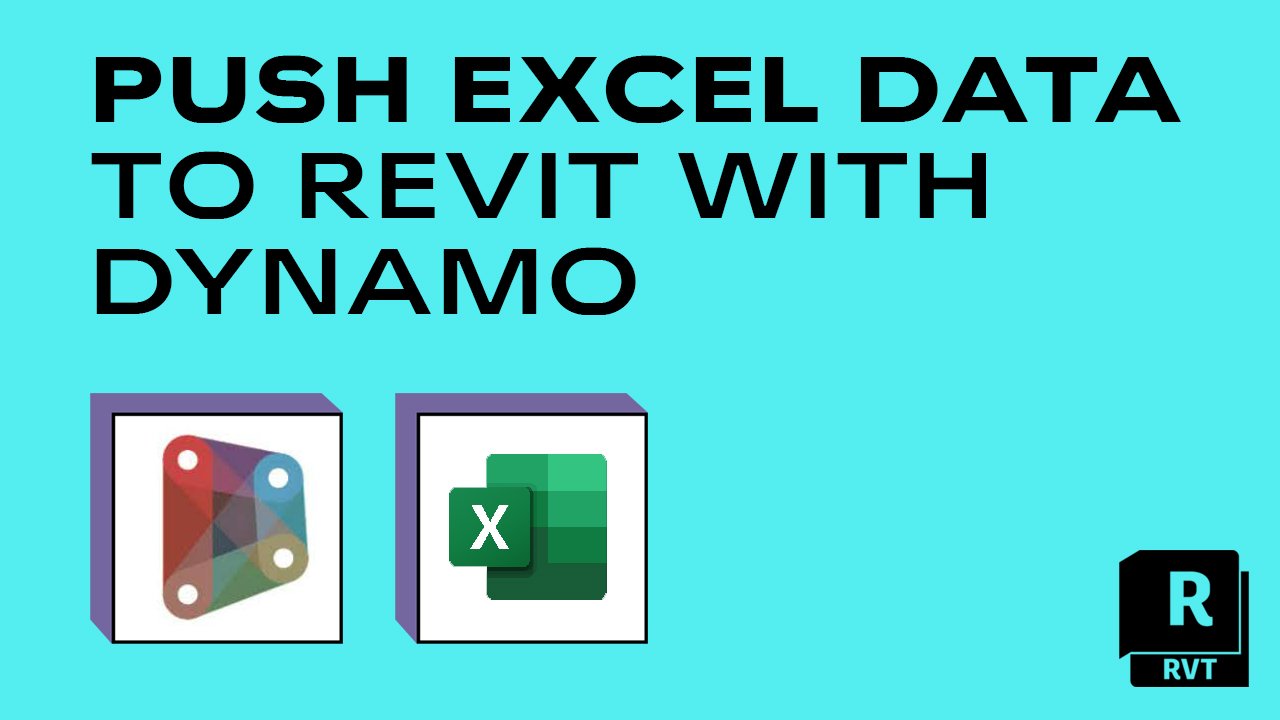Make Best Use Of Effectiveness with Premier Revit Plugins
Wiki Article
Revit Accelerator: Excel Integration Techniques for Improving Performance and Cooperation
Are you seeking to enhance your efficiency and partnership while using Revit? Look no further! In this article, we will certainly explore the benefits of incorporating Excel right into your Revit workflows. Discover just how you can simplify your processes, make best use of cooperation, and even discover innovative strategies for raising productivity. And also, we will share finest techniques for perfectly integrating Excel into your Revit tasks. Get ready to supercharge your Revit experience with our Revit Accelerator: Excel Assimilation Techniques!Benefits of Excel Combination in Revit
The benefits of Excel combination in Revit are many and can considerably boost performance and partnership. By perfectly connecting these 2 effective devices, you can improve your workflow and save valuable time. With Excel assimilation, you can quickly import and export data in between Revit and Excel, allowing you to leverage the toughness of both programs.
One more benefit of Excel assimilation is the capacity to create dynamic routines and records. By linking your Revit version to an Excel spreadsheet, any type of modifications made in Revit will immediately upgrade in the equivalent Excel file. This makes it very easy to create current routines, quantity launches, and other task documents.
Excel integration in Revit likewise enables far better collaboration among employee. With the capability to import and export data, you can quickly share information with associates who may not have access to Revit. This promotes efficient communication and permits for better coordination and decision-making.
Improving Workflows With Revit and Excel
Streamlining workflows with Revit and Excel can considerably improve performance and collaboration. By integrating these two powerful devices, you can maximize your design process and enhance interaction within your group. With Revit, you can produce 3D models and produce comprehensive architectural and engineering paperwork. However, when it comes to data monitoring and analysis, Excel is the go-to software application. By integrating the capabilities of Revit and Excel, you can flawlessly transfer data in between both applications, removing the demand for hands-on information entry and lowering the danger of errors.
Making Use Of Revit and Excel with each other enables you to take advantage of the strengths of each program - import excel into revit. You can export data from Revit into Excel, where you can perform intricate estimations, produce graphs and charts, and assess the info in a more well organized and effective fashion. On the other hand, you can import data from Excel right into Revit, allowing you to promptly update your designs and documentation based on modifications made in Excel
The assimilation of Revit and Excel additionally promotes collaboration among staff member. By sharing Excel files, you can conveniently communicate and team up on design and construction-related information. This boosts coordination and makes sure that everyone is dealing with the most current details.
Making The Most Of Partnership With Excel and Revit
To maximize collaboration with Excel and Revit, you can perfectly share and update layout and construction-related information with your group. With just a couple of clicks, you can import Excel spread sheets into your Revit version, allowing you to quickly access and control the data.Among the key benefits of utilizing Excel in combination with Revit is the capacity to upgrade data in both programs at the same time. Any type of changes made in Excel will immediately be shown in Revit, and vice versa. This ensures that every person is collaborating with the most current details, preventing confusion and saving valuable time.
Additionally, Excel supplies powerful devices for examining and arranging learn the facts here now information, which can significantly enhance your collaboration efforts. You can produce custom reports and charts in Excel, assisting you to imagine and connect crucial project information successfully. This can be especially beneficial when offering data to stakeholders or making educated choices based upon project metrics.
Advanced Strategies for Boosting Performance in Revit Utilizing Excel
By utilizing sophisticated methods in Revit, you can substantially increase your click site productivity by leveraging the power of Excel. Among the essential strategies for boosting productivity is by utilizing Excel as an information monitoring tool. With Revit's Excel assimilation function, you can connect Excel spreadsheets directly to your Revit design, permitting you to easily handle and update data. This combination allows you to develop timetables, calculate amounts, and execute data analysis efficiently.
Furthermore, you can make use of Excel macros to automate repeated tasks in Revit (revit tools). Macros enable you to tape a collection of actions and play them back with a single click, saving you time and effort. You can produce a macro to instantly produce room timetables or update criterion values in bulk.
Best Practices for Excel Assimilation in Revit
Using Excel as an information administration tool in Revit enables for reliable administration and upgrading of data. One of the ideal techniques for Excel integration in Revit is to create a clear and organized information framework. By complying with these best practices, you can successfully use Excel as a data administration device in Revit and increase your efficiency and cooperation.Final Thought
In conclusion, incorporating Excel with Revit can significantly improve productivity and collaboration in the layout procedure. By optimizing and enhancing workflows collaboration, groups can function a lot more successfully and successfully. Advanced techniques, such as utilizing Excel formulas and macros, can better improve efficiency in Revit. Nevertheless, it is important Related Site to follow ideal techniques to guarantee seamless integration and avoid any type of prospective problems. By leveraging the power of Excel, Revit users can attain higher levels of efficiency and collaboration in their tasks.With Excel combination, you can easily import and export information between Revit and Excel, permitting you to leverage the toughness of both programs.
One of the essential advantages of Excel assimilation is the ability to utilize Excel formulas and functions within Revit. By linking your Revit design to an Excel spread sheet, any type of adjustments made in Revit will instantly upgrade in the matching Excel data. On the other hand, you can import data from Excel into Revit, enabling you to promptly update your versions and paperwork based on adjustments made in Excel.
With Revit's Excel assimilation feature, you can connect Excel spreadsheets straight to your Revit design, allowing you to quickly take care of and upgrade data.
Report this wiki page